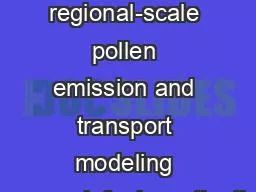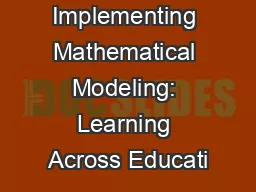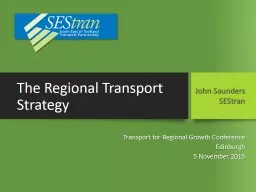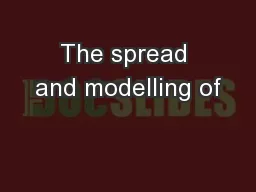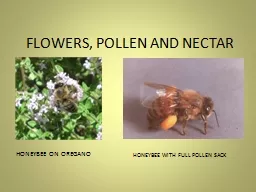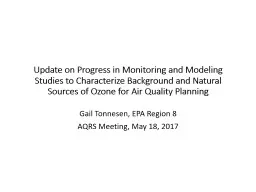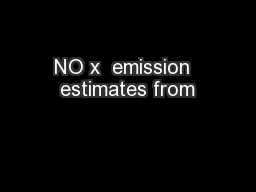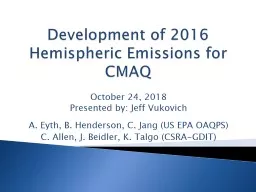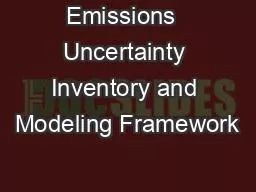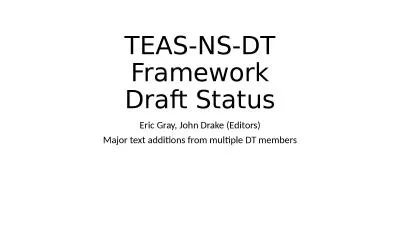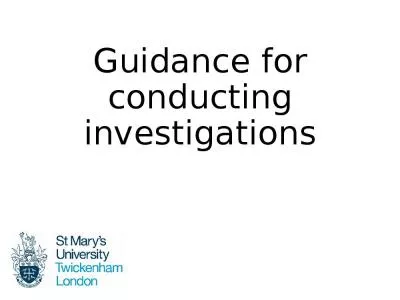PPT-Development of a regional-scale pollen emission and transport modeling framework for investigating
Author : eatfuzzy | Published Date : 2020-09-29
Rui Zhang Serena H Chung Timothy M VanReken and Brian K Lamb Laboratory for Atmospheric Research Washington State University Tiffany Duhl and Alex Guenther
Presentation Embed Code
Download Presentation
Download Presentation The PPT/PDF document "Development of a regional-scale pollen e..." is the property of its rightful owner. Permission is granted to download and print the materials on this website for personal, non-commercial use only, and to display it on your personal computer provided you do not modify the materials and that you retain all copyright notices contained in the materials. By downloading content from our website, you accept the terms of this agreement.
Development of a regional-scale pollen emission and transport modeling framework for investigating: Transcript
Download Rules Of Document
"Development of a regional-scale pollen emission and transport modeling framework for investigating"The content belongs to its owner. You may download and print it for personal use, without modification, and keep all copyright notices. By downloading, you agree to these terms.
Related Documents

